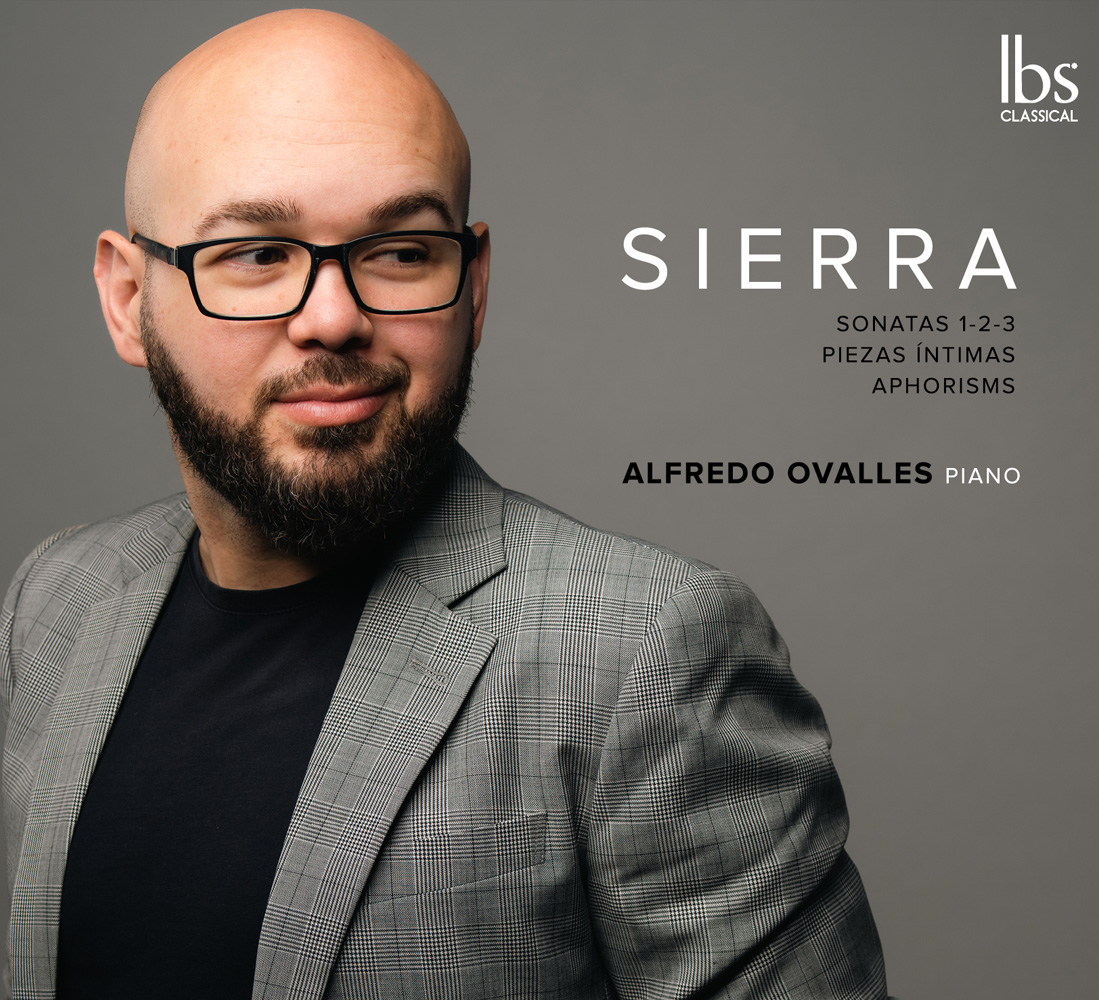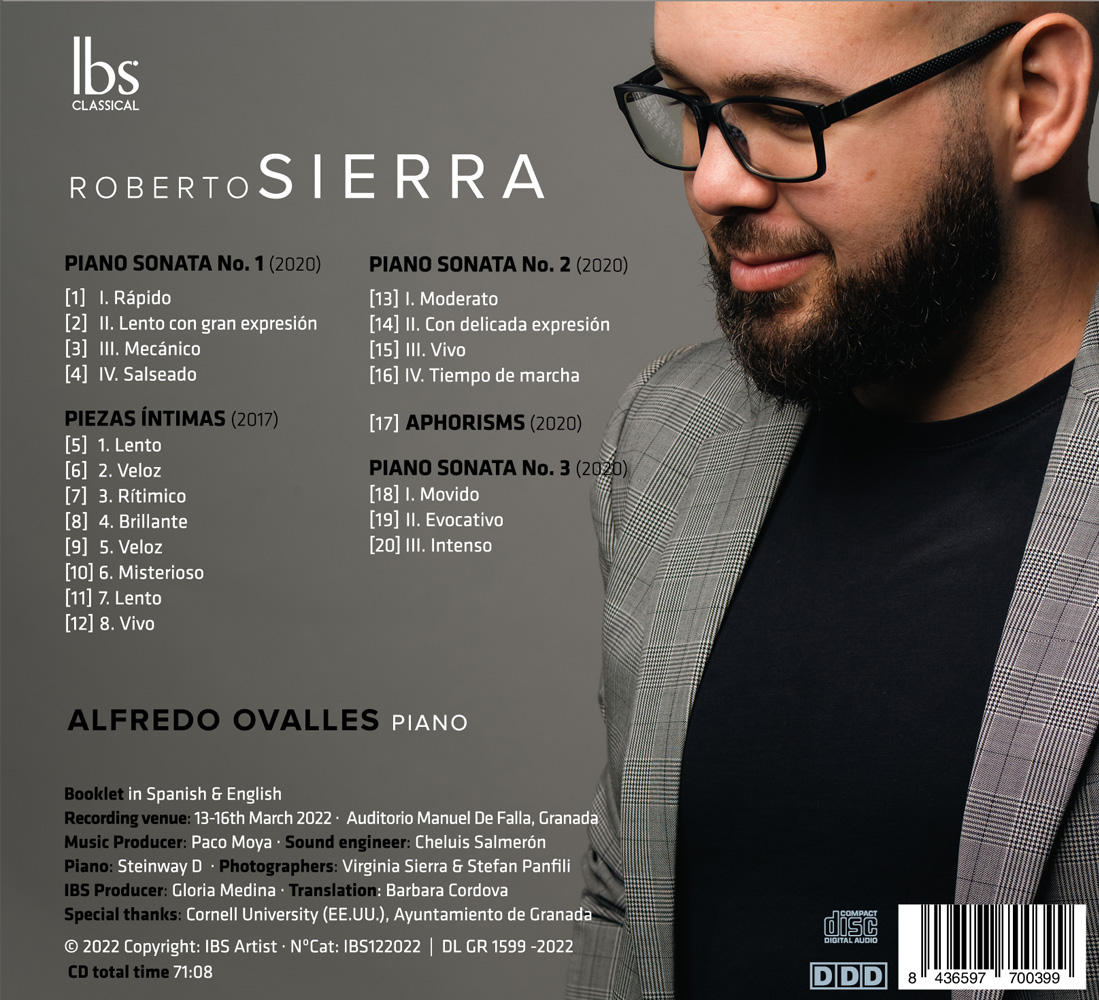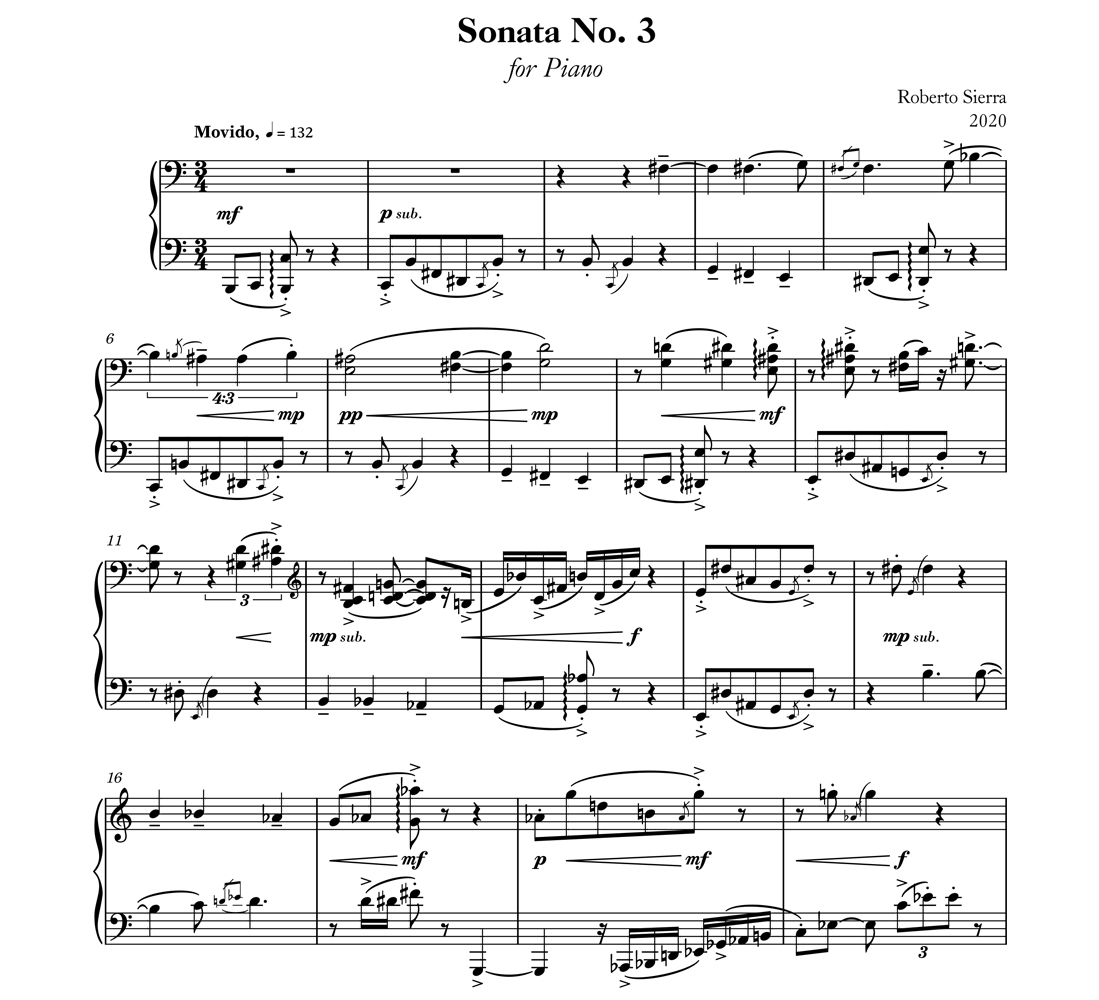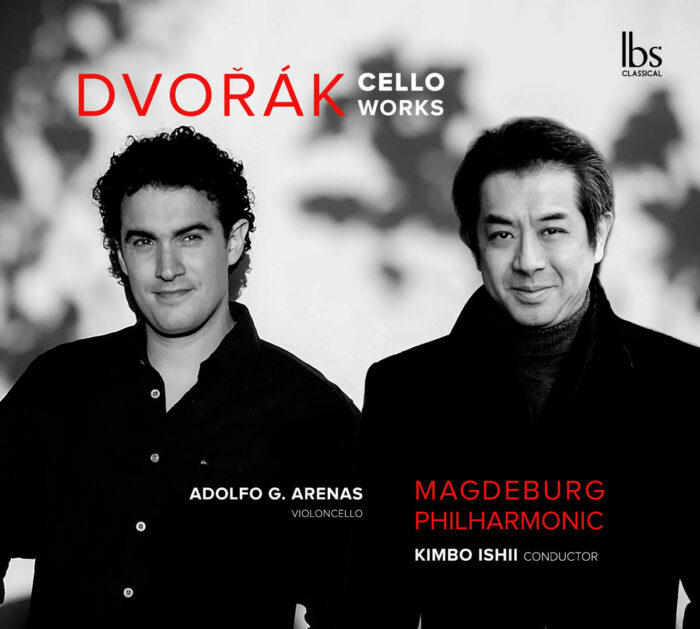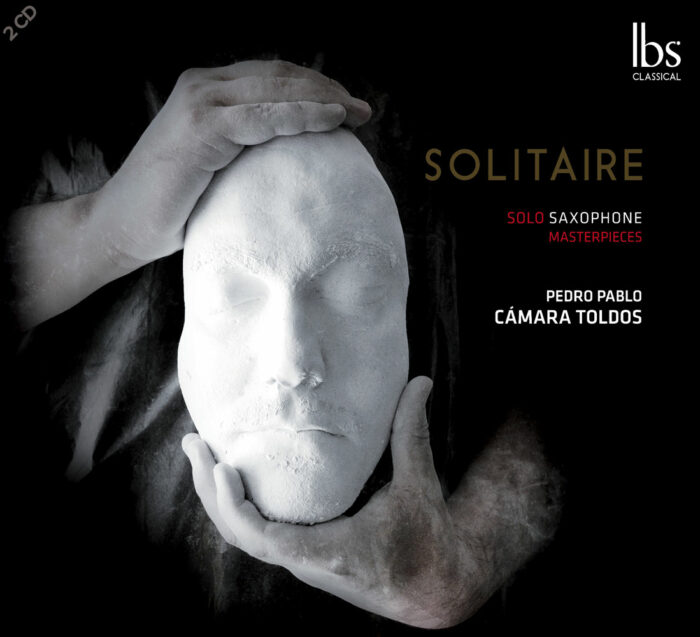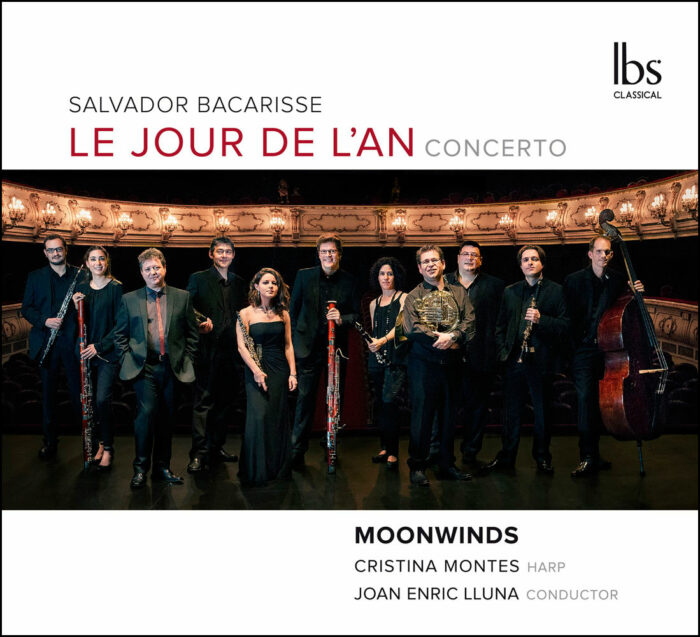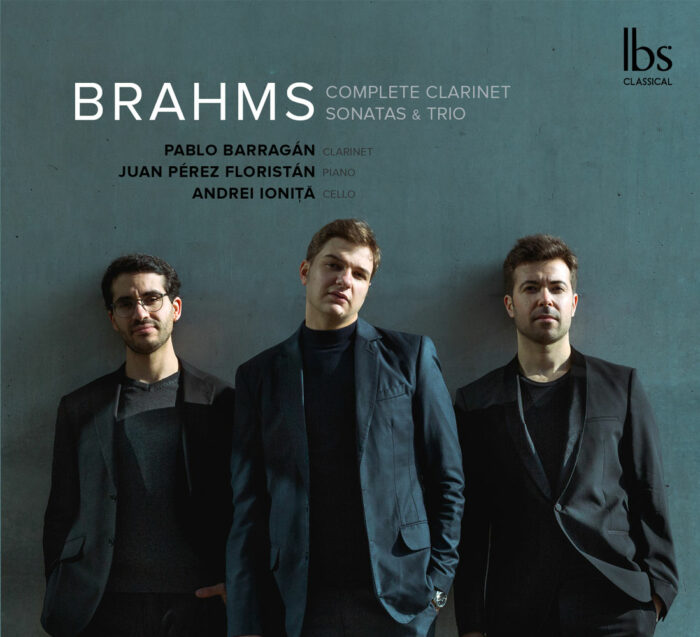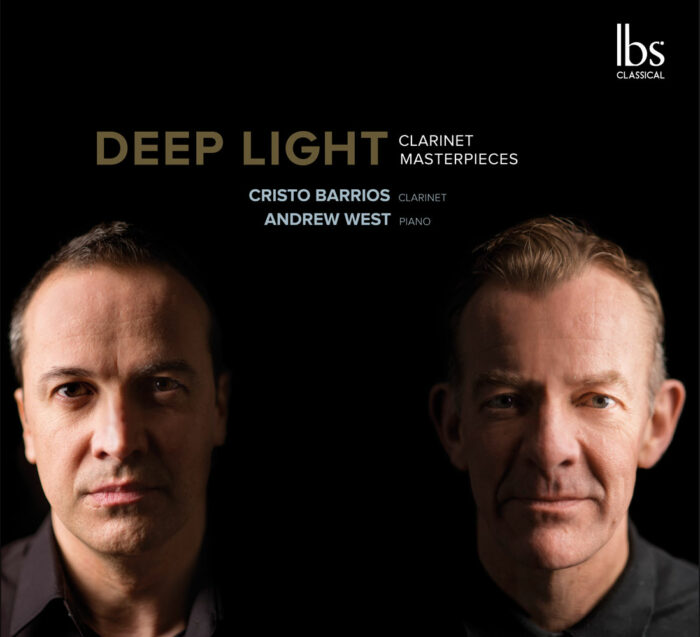About SIERRA Piano work
With these three Sonatas, I begin a cycle whose final goal I ignore. At the time of writing these lines there are 13 of them, in which I take a critical look at a genre that has been shelved within the Germanic tradition. This is so true that it seems to have arisen ex nihilo in classical Vienna, disregarding the Mediterranean manifestations labelled as sonatas that emerged during the early 18th century. Undoubtedly, the classical sonata takes shape with Mozart, Haydn and Beethoven, becoming a format with specific characteristics where form is fused with harmonic elements. As a result of a historical vision focusing on this central European geographical point, it is assumed that these works of the Viennese classical period constitute a canon that presumes “universality”, and is imposed on us with hegemonic character. It was precisely this imposition that motivated me to look critically at the genre, not from the outside, but from the inside; in other words, I did not decide “not to write sonatas”, but precisely “to write sonatas”!
By not using tonality as a basis for my pieces, each Sonata presents a unique proposal ranging from the relationships of structure to the sound content. Elements of rhythm, symmetrical scales and “musical gestures” are constituted as formal demarcations. Similarly, my typical use of popular and folk music is also present and integrated into the form. In the first Sonata, the salsa figures of the piano stand out, and in the second Sonata, in the third movement, elements derived from the Venezuelan joropo can be heard, as well as in the fourth movement, a military march that merges with a pasodoble can be heard. The third sonata includes elements of Andalusian music. My intention is to remove, to eliminate that stony and hegemonic character attributed to the format, which I understand as a great container or abstract structure having the possibilities to be moulded as I intend to. In this way, each work presents a different view of what we call sonata, which I believe can be recreated, broken and reassembled. This route of deterritorialization and reterritorialization is the one I have pursued in all sonatas.
Whilst each sonata contains a complex world of sonorities and formal structures expressing their particular character, all of them share a method of organising the musical materials which I have developed over the last two decades. The first two sonatas are broken down into four movements, whereas the third has three movements. In each of the first movements I define the particular approach to the sonata form; I establish modules that may be represented by sound materials or by elements that are defined gesturally, such as the expressive and sombre beginning of the second sonata. What is emotive and spontaneously stated is of great importance in my work and it is in these sonatas that I find myself reacting to the turbulent and changing world we live in. The ironic and at the same time sarcastic fusion of the military march with the pasodoble, as well as the phantasmagoric fandango air of the first movement of the third sonata, or the flow opening the first sonata, look towards this environment of everyday reality.
ROBERTO SIERRA
Roberto Sierra BIO
For more than four decades, the works of Grammy-nominated and Latin Grammy winner Roberto Sierra have been part of the repertoire of many of the leading orchestras, ensembles and festivals in the USA and Europe. At the inaugural concert of the 2002 world renowned Proms in London, his Fandangos was performed by the BBC Symphony Orchestra in a concert that was broadcast by both the BBC Radio and Television throughout the UK and Europe. Many major American and European orchestras and international ensembles have commissioned and performed his works. Among those ensembles are the orchestras of Philadelphia, Pittsburgh, Atlanta, New Mexico, Houston, Minnesota, Dallas, Detroit, San Antonio and Phoenix, as well as the American Composers Orchestra, the New York Philharmonic, Los Angeles Philharmonic, National Symphony Orchestra, Royal Scottish National Orchestra, the Tonhalle Orchestra of Zurich, the Spanish orchestras of Madrid, Galicia, Castilla y León, Barcelona, Continuum, St. Lawrence String Quartet, Opus One, and others.
Commissioned works include: Concerto for Orchestra for the centennial celebrations of the Philadelphia Orchestra commissioned by the Koussevitzky Music Foundation and the Philadelphia Orchestra; Concerto for Saxophones and Orchestra commissioned by the Detroit Symphony Orchestra for James Carter; Fandangos and Missa Latina commissioned by the National Symphony Orchestra of Washington DC; Sinfonía No. 3 «La Salsa», commissioned by the Milwaukee Symphony Orchestra; Danzas Concertantes for guitar and orchestra commissioned by the Orquesta de Castilla y León; Double Concerto for violin and viola co-commissioned by the Pittsburgh and Philadelphia Orchestras; Bongo+ commissioned by the Juilliard School in celebration of the 100th anniversary; Songs from the Diaspora commissioned by Music Accord for Heidi Grant Murphy, Kevin Murphy and the St. Lawrence String Quartet; and Concierto de Cámara co-commissioned by the the Santa Fe Chamber Music Festival, Chamber Music Northwest and Stanford Lively Arts.
In 2021 Roberto Sierra was elected to the American Academy of Arts and Letters and in 2017 he was awarded the Tomás Luis de Victoria Prize, the highest honor given in Spain to a composer of Spanish or Latin American origin. In 2010 he was elected to the prestigious American Academy of Arts and Sciences. In 2003 he was awarded the Academy Award in Music by the American Academy of Arts and Letters. The award states: «Roberto Sierra writes brilliant music, mixing fresh and personal melodic lines with sparkling harmonies and striking rhythms. . .» His Sinfonía No. 1, a work commissioned by the St. Paul Chamber Orchestra, won the 2004 Kenneth Davenport Competition for Orchestral Works. In 2007 the Serge and Olga Koussevitzky International Recording Award (KIRA) was awarded to Albany Records for the recording of his composition Sinfonía No. 3 “La Salsa”. Roberto Sierra has served as Composer-In-Residence with the Milwaukee Symphony Orchestra, The Philadelphia Orchestra, The Puerto Rico Symphony Orchestra and New Mexico Symphony.
Roberto Sierra’s Music may be heard on CD’s by Naxos, EMI, IBS Classics, UMG’s EMARCY, New World Records, Albany Records, Koch, New Albion, Koss Classics, BMG, Fleur de Son and other labels. In 2011 UMG’s EMARCY label released Caribbean Rhapsody featuring the Concierto for Saxophones and Orchestra, commissioned and premiered by the DSO with James Carter. In 2004 EMI Classics released his two guitar concertos, Folias and Concierto Barroco, with Manuel Barrueco as soloist (released on Koch in the USA in 2005). Sierra has been nominated twice for a Grammy under best contemporary composition category, first in 2009 for Missa Latina (Naxos) and in 2014 for his Sinfonia No. 4 (Naxos). In addition, his Variations on a Souvenir (ALbany) and Trio No. 4 (Centaur) were nominated for Latin Grammys in 2009 and 2015. In 2021 his Sonata para guitarra won the Latin Grammy for best classical contemporary composition.
Roberto Sierra was born in 1953 in Vega Baja, Puerto Rico. He studied composition both in Puerto Rico and Europe, where one of his teachers was György Ligeti at the Hochschule für Musik in Hamburg, Germany. The works of Roberto Sierra are published principally by Subito Music Publishing (ASCAP).
Alfredo Ovalles BIO
The constant evolution and artistic openness of Alfredo Ovalles as a musician make him difficult to categorize. Born in Caracas, Venezuela, the pianist has explored many different musical worlds. The combination of his classical upbringing, in parallel with his experience playing in rock and pop bands in Caracas “made music seem like one single world, where borders are very blurry and performances in one genre inform the approach to a different, seemingly unrelated kind of stage”.
In the course of his career, Alfredo has explored classical and electronic music, and roamed the field of contemporary music. His curiosity for the new and love for experimentation make him stand out, and have led him to many musical places off the beaten track.
Performing in some of the most prestigious festivals in Europe, such as Wien Modern, Transart Festival in Bolzano, and the Warsaw Autumn Festival, his collaboration with The Black Page Orchestra has led him from performing Stockhausen in an abandoned submarine pier in Croatia to premiering ensemble and solo works in venues such as the Lutoslawski Hall of the Polish National Radio or the Wiener Konzerthaus. Composers with whom Alfredo has collaborated include names such as Jorge Sánchez-Chiong, François Sarhan, Roberto Sierra, and Mirela Ivicevic.
As committed to finding new compositions as to performing the standard repertoire, Alfredo is also in demand as soloist and chamber musician, having played concerts with orchestras such as the Bournemouth Symphony Orchestra, Polish Baltic Philharmonic in Gdansk, Poland, the Orchestra of the Academic and Musical Theater of Minsk, Belarus, and the National Symphony Orchestra of the Dominican Republic, among others.
